The Success of Low-Alc Wines: Natural Alcohol Levels That Win
Source: Il Sole 24 Ore
In recent years, young people have shown a growing preference for low-alcohol wines,
and producers have responded with innovations both in the vineyard and in the cellar.
According to Nomisma for Valoritalia, 56% of Italians considered these wines
the emerging trend of the previous two years, with a 10% increase compared to the year before.
Alongside dealcoholized wines, “light” wines have grown in popularity — produced directly in the vineyard
by limiting sugars and alcohol without compromising aromas and flavors.
Demand has been global: in Northern Europe, Pinot Grigio was sought at around 11% ABV,
while in the United States the preference was closer to 9%.
The NoLo (no and low alcohol) market exceeded $13 million,
with an annual growth rate of 7%.
According to IWSR, the global value of low-alcohol wines was expected to increase
by $4 billion by 2028.
These wines represent a natural alternative to dealcoholized products
and meet the needs of Gen Z and Millennials,
who are attentive to naturalness, pleasure, and physical wellbeing.
The Consorzio delle Venezie Doc introduced a naturally low-alcohol version of Pinot Grigio,
with 9% ABV instead of the required minimum of 11%.
Stefano Sequino and Yuri Zambon highlight the importance of research
and innovative land management, in line with global market trends.
A segment that combines taste, innovation, and sustainability,
opening new opportunities for Italian producers.




